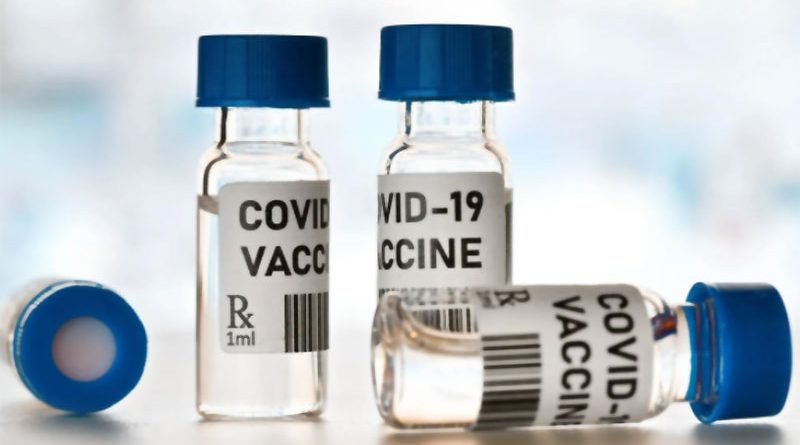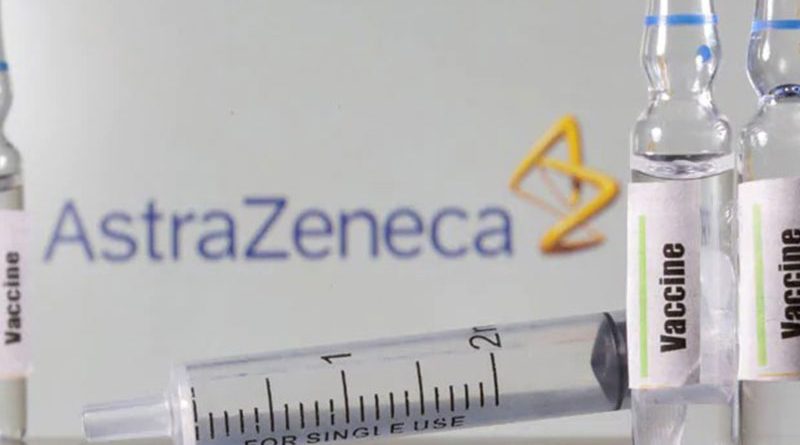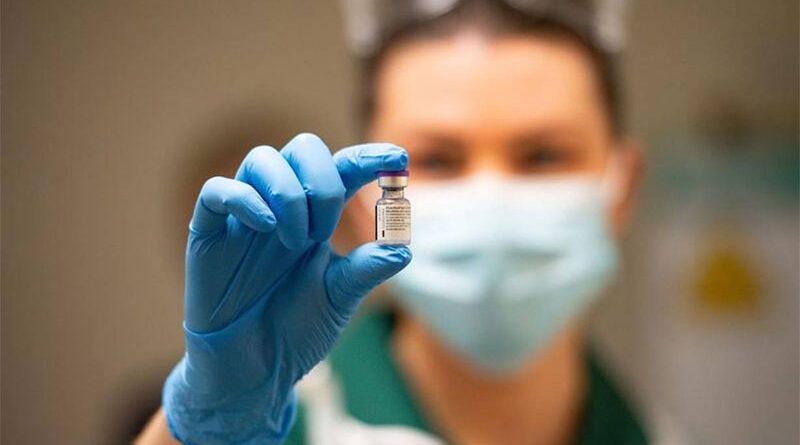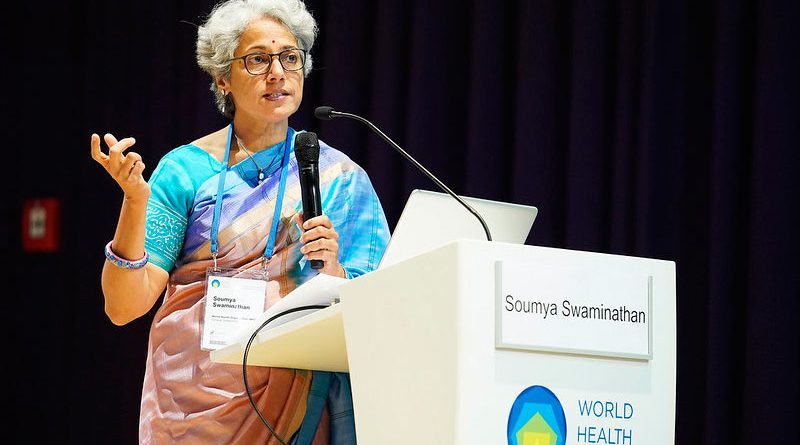RICH countries have secured enough coronavirus vaccines to protect their populations nearly three times over by the end of 2021, Amnesty International and other groups said on Wednesday, possibly depriving billions of people in poorer areas.
Britain approved Pfizer’s COVID-19 vaccine this month, raising hopes that the tide could soon turn against a virus that has killed nearly 1.5 million globally, hammered the world economy and upended normal life.
Amnesty and other organisations including Frontline AIDS, Global Justice Now and Oxfam, urged governments and the pharmaceutical industry to take action to ensure intellectual property of vaccines is shared widely.
The World Health Organization (WHO) has also called on governments repeatedly this year to make a vaccine protecting against COVID-19 a “public good”.
The WHO has backed a global vaccine programme scheme known as COVAX, which seeks to ensure equitable distribution of vaccines and 189 countries have joined. But some countries such as the United States have not signed up, having secured bilateral deals.
COVAX hopes to deliver some 2 billion doses by the end of 2021 but that would still only represent about 20% of the populations of countries that are part of the mechanism.
“Nearly 70 poor countries will only be able to vaccinate one in ten people against COVID-19 next year unless urgent action is taken,” Amnesty International said, based on recent calculations.
“Updated data shows that rich nations representing just 14% of the world’s population have bought up 53% of all the most promising vaccines so far,” it said.
Amnesty said Canada was the country that had bought the most shots when considering the size of its population with enough doses to vaccinate every Canadian five times.
The organisation urged support for a proposal made by South Africa and India to the World Trade Organisation Council to waive intellectual property rights for COVID-19 vaccines, tests and treatments. – Thomson Reuters Foundation.
EFFICACY results may not be ready for months from a trial of AstraZeneca and Oxford University’s coronavirus vaccine in South Africa, the principal investigator of the South African study told Reuters.
AstraZeneca published findings this week from trials in Brazil and Britain showing its vaccine was on average about 70% effective in preventing coronavirus infection. It is seeking regulatory approval in several countries for its shot.
However, the company has faced calls to provide more data, after it found that the efficacy was higher in a small sub-group of participants given a smaller initial dose.
A larger U.S. trial has been delayed, potentially slowing down approval there of what has long been seen as one of the leading vaccine candidates. The published findings also did not include efficacy data from South Africa, where around 2,000 people are participating in a trial.
Shabir Madhi, professor of vaccinology at the University of the Witwatersrand, said too few participants in South Africa had contracted the coronavirus at the right time — at least two weeks after receiving two doses of either the vaccine or a placebo control — to analyse the data.
In order to demonstrate 60% efficacy, about 46 trial participants needed to test positive, he said. As of early last month, fewer than five had tested positive more than two weeks after the second dose, known as an “endpoint case”.
“Right now we are still somewhat thin in terms of the number of endpoint cases to do an analysis for an efficacy readout. In all likelihood we would require another resurgence, which is currently in the making in South Africa before we would accrue an adequate number of endpoint cases,” Madhi said.
Coronavirus cases had been surging in South Africa rapidly when the study was launched in June, and a number of participants ended up testing positive too early to say whether the vaccine might have protected them. Cases then dropped off at the time when they would have produced helpful data.
Moderna and Pfizer were able to analyse their rival vaccine candidates so quickly because most of the vaccination took place before infections surged, so when the surge happened endpoint cases accrued swiftly, Madhi added.
“The time to be enrolling to these studies is not when the peak is upon you, but a good few months before that,” he said.
AstraZeneca-Oxford’s interim analysis of its British and Brazilian trial data was based on a total of 131 COVID-19 cases. Pfizer and Moderna analysed their data after just over 90 infections.
Madhi estimated his study could reach the required number of endpoint cases around February or March next year. In July he had expressed hope that researchers would be able to analyse efficacy by the end of November.
Source – Thomson Reuters Foundation.
MARGARET Keenan, a 90-year-old grandmother, on Tuesday, became the first person in the world to receive the Pfizer COVID-19 vaccine shot outside of a trial Britain began vaccinating its population.
Britain began rolling out the COVID-19 vaccine developed by Pfizer and BioNTech on Tuesday, the first Western country to start vaccinating its general population in what was hailed as a decisive watershed in defeating the coronavirus.
But wealthier countries have the capacity to roll out vaccine programmes more swiftly than poorer nations.
And some high-income countries have bought enough doses in advance to vaccinate their populations several times over, leaving fewer doses for low- and middle-income countries said Duke University researchers.
We examine the front-running vaccines and ask experts if efforts to get them to the 22% of the world’s population – or 1.3 billion people – living in developing countries will succeed.
What is the main obstacle to these vaccines reaching developing countries?
Anna Marriott, Health Policy Manager, Oxfam – “The number one challenge we’re seeing is the unprecedented scale of supply that is needed. So actually producing enough of the vaccine is one of the biggest constraints.
“It’s very clear that unless the companies relinquish their control (on intellectual property)… and enable more producers to produce the vaccine, we are definitely not going to get to the supply that we need, as quickly as we need it.”
Andrea D. Taylor, Assistant Director of Programs, Duke Global Health Institute – “We need to focus on timing and equity of distribution.
“For the best outcomes globally, we need poor and rich countries to receive doses at roughly the same time.
“However… it looks like high-income countries are likely to be well-covered by the first half of 2021 but low-income countries will still be waiting. Vaccine hesitancy is an increasing issue. Misinformation about the pandemic and the potential vaccines is breeding mistrust. This is an issue in all countries… and may prevent people from taking the vaccine.”
Roz Scourse, Policy Advisor, Medecins Sans Frontieres (MSF) – “Vaccine nationalism is a huge challenge for access to low and middle-income countries.
“Even if people in high income countries get access, if COVID is still circulating in other populations around the world we’re not going to see an end to the pandemic.”
Where do you rank the 3 vaccines on these issues? Which one could reach the poorest soonest?
Taylor, Duke Global Health Institute – “In terms of efficient distribution in poorer countries, the Oxford/AstraZeneca vaccine appears to be the winner so far. It is stable at standard refrigerator temperatures.”
Scourse, MSF – “For Pfitzer and Moderna, there are a few different prices out there but basically, very high prices per dose which will definitely restrict their access to low and middle-income countries.”
Marriott, Oxfam – “I would rank AstraZeneca and Oxford first in terms of the actual price that they’re selling this vaccine for.
“AstraZeneca and Oxford have clearly done more to expand production by licensing their vaccine to more manufacturers in the global south.
“On logistics, Pfizer and BioNTech need ultra-cold chain which makes it much more tricky. But it’s not impossible.
How can these vaccines be made more accessible?
Marriott, Oxfam – “What we want to see AstraZeneca and Oxford do now is to commit to an open licence so more vaccine manufacturers can get on board. We think really the power is in their hands to end this epidemic by the end of 2021.”
Scourse, MSF- “Both price and supply challenges can be overcome if we look at more systemic issues in intellectual property.
“We need to open up intellectual property, including patents, so any manufacturer around the world could produce successful products without fearing barriers.”
Source – Thomson Reuters Foundation.
THE World Health Organization hopes to have half a billion doses of COVID-19 vaccines available for distribution by the global COVAX initiative in the first quarter of 2021, its chief scientist has said.
To date, 189 countries have joined the COVAX programme, which is backed by the WHO and seeks to ensure equitable distribution of vaccines. The United States is not among them, having secured bilateral deals.
The initial COVAX plan is to vaccinate the 20% of populations at highest risk, including health workers and people aged over 65.
“The goal is to get at least 2 billion doses by end of 2021 which will be enough to vaccinate 20% of the populations of countries that are part of COVAX,” chief scientist Soumya Swaminathan told a Geneva news conference.
This would be enough to “bring to an end the acute phase of the pandemic” by reducing mortality and the impact on health systems, she said.
“Our goal, our hope is that in the first quarter of 2021 that we would have about half a billion of doses available to be distributed across the countries, in a fair manner,” Swaminathan said.
“So countries can start expecting doses toward the end of the first quarter of 2021. A few countries may start earlier, it’s likely, possible, that we may have some learnings by going early into a few countries,” she said without elaborating.
“But then the majority, the bulk of the tranches would probably start moving out in the second quarter of 2021.”
COVAX is co-led by the GAVI vaccines alliance, the WHO and the Coalition for Epidemic Preparedness Innovations (CEPI).
Source – Thomson Reuters Foundation.




